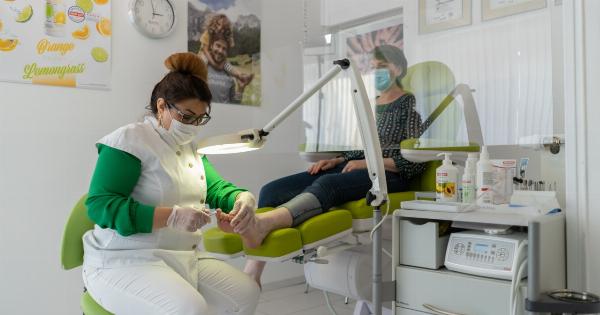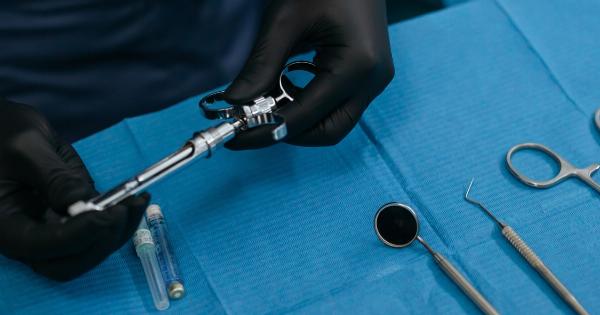When it comes to medical procedures involving children, anesthesia plays a crucial role in ensuring their comfort and safety. Anesthesia is the administration of drugs to induce a loss of sensation, which allows for painless medical interventions.
However, the use of anesthesia in children requires extra caution due to their unique physiological characteristics. This article discusses the risks, benefits, and best practices of using anesthesia in pediatric patients.
The Risks of Anesthesia in Children
While anesthesia is generally considered safe, it does come with certain risks and potential side effects, especially in pediatric patients.
Factors that contribute to these risks include age, overall health, specific medical conditions, and the type and duration of the procedure. Some common risks associated with anesthesia in children include:.
Inhalation Induction: A Preferred Method for Children
One important consideration when administering anesthesia to children is the preferred method of induction.
Inhalation induction, where the anesthetic gas is inhaled through a mask or via a small breathing tube, is often the preferred method due to its gradual onset and less invasive nature. Inhalation induction provides a smoother transition into anesthesia and allows for better control over the depth and pace of induction.
Benefits of Regional Anesthesia in Pediatric Patients
Regional anesthesia involves the injection of local anesthetic to numb specific nerve pathways, effectively blocking pain sensation in a specific area of the body. This technique presents several benefits when used in pediatric patients:.
Best Practices for Anesthesia in Children
To minimize the risks associated with anesthesia in children, healthcare providers adhere to a set of best practices. These practices include:.
The Importance of Preoperative Assessment
Prior to any surgical procedure involving children, a comprehensive preoperative assessment is crucial.
This assessment helps evaluate the child’s overall health, identify any potential risks or complications, and determine the most appropriate anesthetic plan. Key components of a preoperative assessment include:.
Adapting Anesthesia to Age and Developmental Stage
Anesthesia administration must be tailored to the age and developmental stage of the child. The physiological differences between infants, toddlers, pre-schoolers, school-age children, and adolescents can significantly impact anesthesia responses.
Factors such as airway anatomy, cardiovascular status, metabolic rate, and hepatic and renal function vary across different age groups. It is important for the anesthesia team to consider these factors and adjust the medication dosages and techniques accordingly.
The Role of Pediatric Anesthesiologists
Pediatric anesthesiologists are medical professionals who specialize in providing anesthesia to infants, children, and adolescents.
Their training and expertise enable them to handle the unique challenges associated with anesthesia in pediatric patients. Working closely with the entire surgical team, pediatric anesthesiologists play a crucial role in ensuring safe and effective anesthesia administration.
They closely monitor the child’s vital signs, adjust anesthesia levels as needed, and promptly respond to any adverse events that may arise.
Informed Consent and Family Involvement
Obtaining informed consent from the child’s parent or guardian is a vital step before administering anesthesia.
Informed consent involves explaining the potential risks, benefits, and alternatives of the procedure to the family in a clear and understandable manner. The anesthesiologist should also encourage questions and address any concerns raised by the family. Involving the family in the decision-making process ensures that they are well-informed and have realistic expectations regarding the anesthesia.
Conclusion
Anesthesia is an essential component of pediatric medical procedures, ensuring the comfort and safety of children.
While there are risks associated with the use of anesthesia in pediatric patients, adherence to best practices and the involvement of specialized pediatric anesthesiologists can minimize these risks. Through comprehensive preoperative assessments, age-appropriate anesthesia techniques, and informed family involvement, healthcare providers strive to provide safe and effective anesthesia for the benefit of their young patients.































